If you’re going to divide, do it when the plants are in the mood to thrive. Late spring isn’t just convenient—it’s turbocharged. The soil is warm. The rain shows up on time. And perennials? They’re practically begging for a fresh start. Forget the fuss of fall or the unpredictability of early spring. This is the season when roots dig deep fast and leaves bounce back like nothing happened. Peonies perk up with zero grudge. Coneflowers stretch like they’ve been training for it. Even the fussy ones act like team players. These 15 perennials don’t just tolerate division in late spring—they love it. They settle in, bulk up, and get blooming in record time. So grab your shovel. Slice with confidence. And watch your garden multiply before summer even starts showing off.
Daylilies
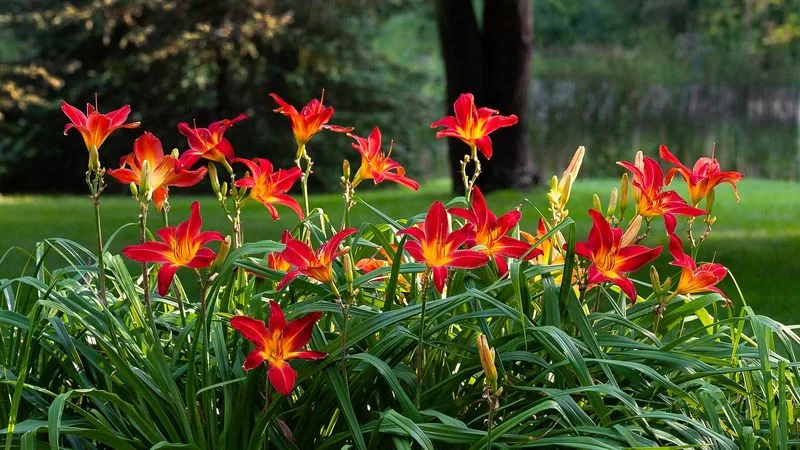
Daylilies are known for their vibrant blooms and ability to quickly establish when divided in late spring. These hardy perennials thrive in sunny locations, producing a stunning display of colors ranging from yellows to deep reds.
Gardeners appreciate their low maintenance and resilience, making them a staple in many landscapes. The division process invigorates the plant, promoting more abundant flowering.
Did you know? Despite their name, each bloom lasts only a day, but the plant compensates with a succession of flowers throughout the season. Perfect for adding a splash of color.
Hostas
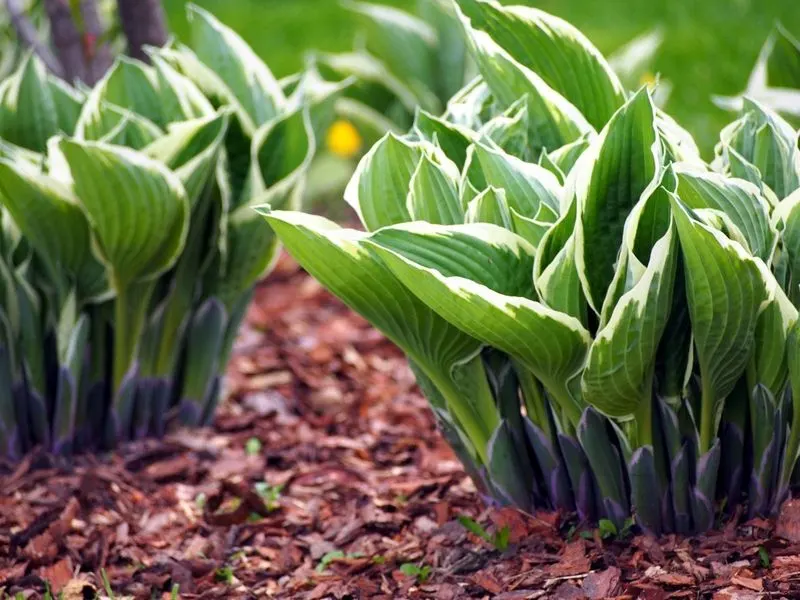
Hostas, with their large, lush leaves, offer a beautiful ground cover in shaded garden areas. Dividing hostas in late spring helps prevent overcrowding and encourages vigorous growth.
Their leaves come in various shades, including green, blue, and variegated patterns, providing visual interest in any garden setting. Hostas thrive in moist, well-drained soil.
Interestingly, hostas are native to Asia and were only introduced to European gardens in the 18th century, where they quickly became beloved for their ornamental foliage and adaptability.
Peonies
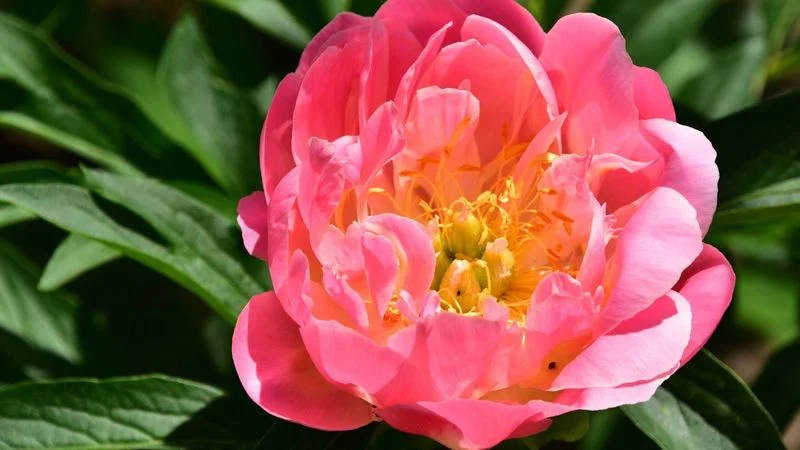
Peonies are cherished for their large, fragrant blooms that appear in late spring. Dividing peonies during this time allows the plant to develop strong roots before summer heat sets in.
These perennials can live for decades, often passed down through generations as cherished heirlooms. Peonies prefer sunny, well-drained locations to thrive.
Fun fact: Peonies symbolize romance and prosperity, often used in weddings and special occasions for their lush and dramatic flowers. Their longevity and beauty make them a timeless garden favorite.
Irises
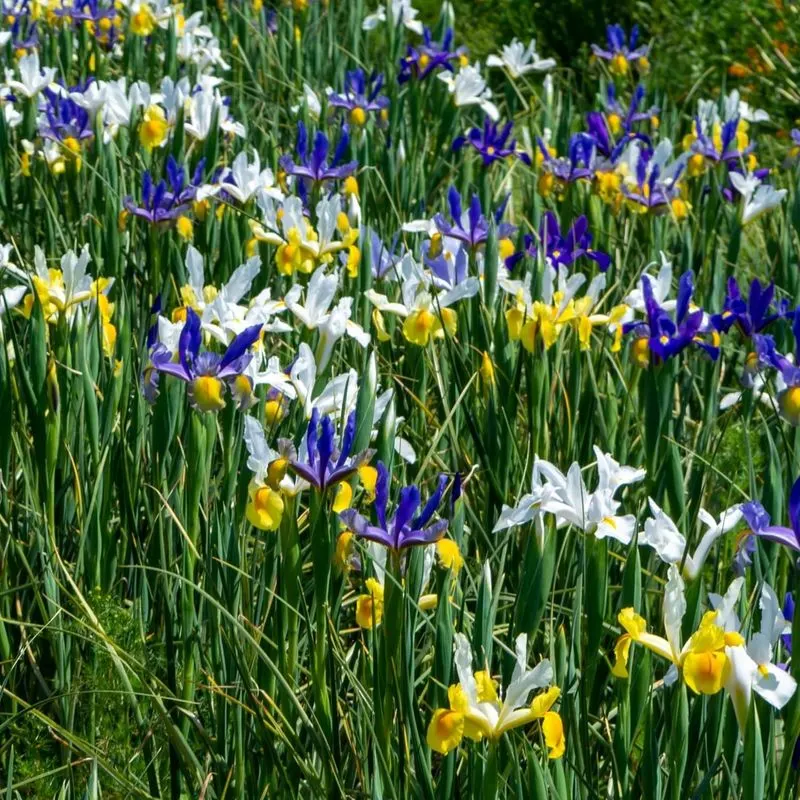
Irises, with their tall, elegant stems and vibrant blooms, are a sight to behold in any garden. Late spring division ensures they have ample time to establish before summer.
These perennials are remarkably versatile, flourishing in various soil conditions, though they prefer sunny locations. Their flowers can be found in a wide range of colors, from purples to yellows.
Did you know? The iris is named after the Greek goddess of the rainbow, reflecting the plant’s diverse color palette. A staple in many flower arrangements, irises never fail to impress.
Sedum
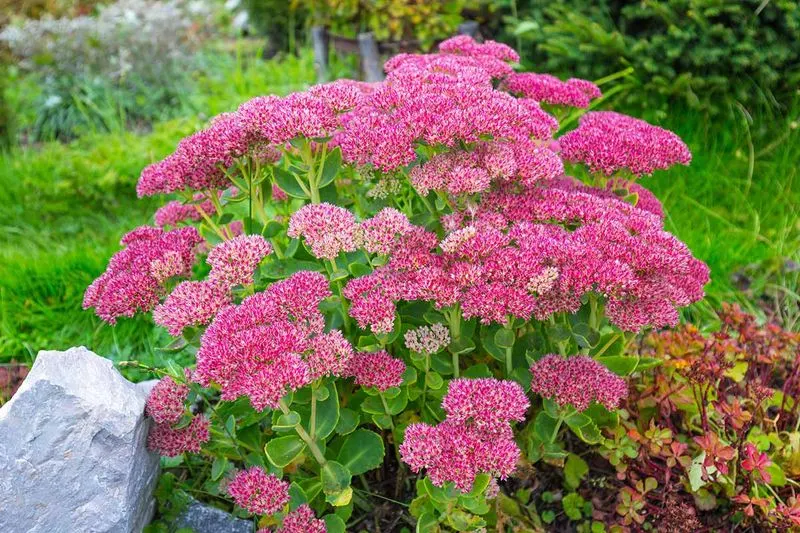
Sedum, known for its succulent leaves and star-shaped flowers, is ideal for rock gardens and borders. Dividing them in late spring helps maintain their vigorous growth.
These drought-tolerant plants thrive in sunny, well-drained locations and require minimal maintenance. Sedum’s ability to store water in its leaves makes it a resilient choice for challenging conditions.
Interesting tidbit: Sedum has been used in traditional medicine for its anti-inflammatory properties. Its unique texture and colorful blooms make it a popular choice for adding interest to any garden.
Bee Balm
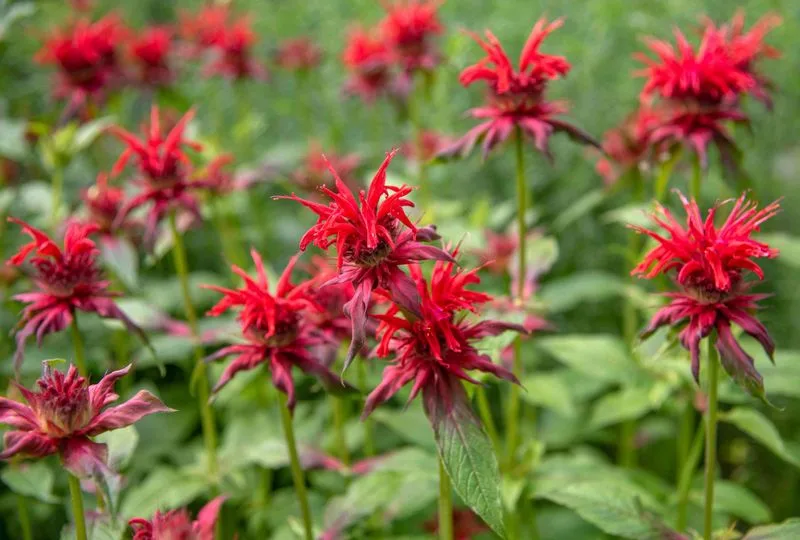
Bee balm, with its bright, tubular flowers, attracts bees, butterflies, and hummingbirds. Dividing these plants in late spring ensures robust growth and abundant blooms.
They thrive in sunny locations with well-drained soil, adding a splash of color and life to any garden. Bee balm is also known for its aromatic leaves, which can be used in teas.
Did you know? Bee balm is a member of the mint family and was traditionally used by Native Americans for its medicinal properties, including as a remedy for colds and flu.
Lamb’s Ear

Lamb’s ear is beloved for its soft, silvery leaves that provide a unique texture to any garden. Dividing these plants in late spring helps them spread and maintain vigor.
They are excellent for borders and thrive in well-drained, sunny locations. Lamb’s ear’s velvety foliage is especially appealing to children, who enjoy touching the soft leaves.
Fun fact: Lamb’s ear was once used in traditional medicine for its antibacterial properties. Today, it’s mostly appreciated for its ornamental value and ability to complement other garden plants.
Coral Bells
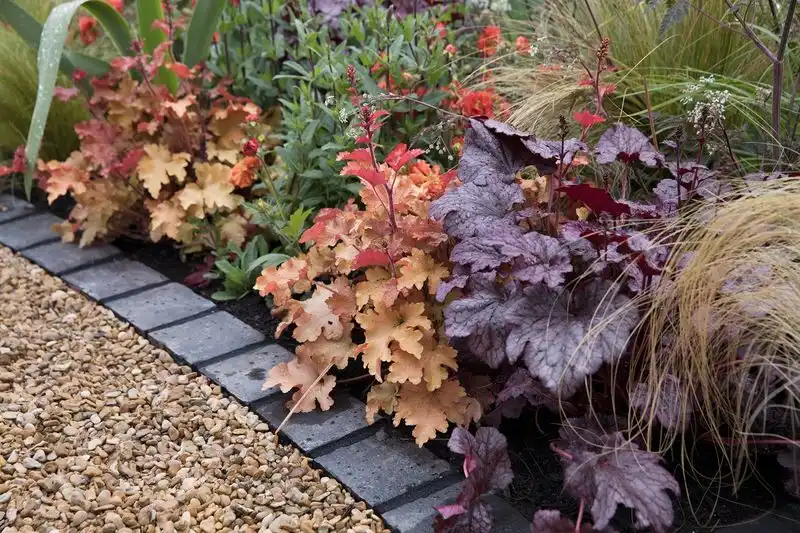
Coral bells, with their vibrant foliage, add color and texture to shaded garden areas. Dividing them in late spring encourages growth and enhances their striking appearance.
They thrive in well-drained soil and are available in a range of colors, including green, burgundy, and bronze. Coral bells are often used in borders and container gardens for their decorative leaves.
Interesting tidbit: Coral bells are native to North America and are named for their bell-shaped flowers, which attract pollinators like hummingbirds and butterflies.
Shasta Daisies
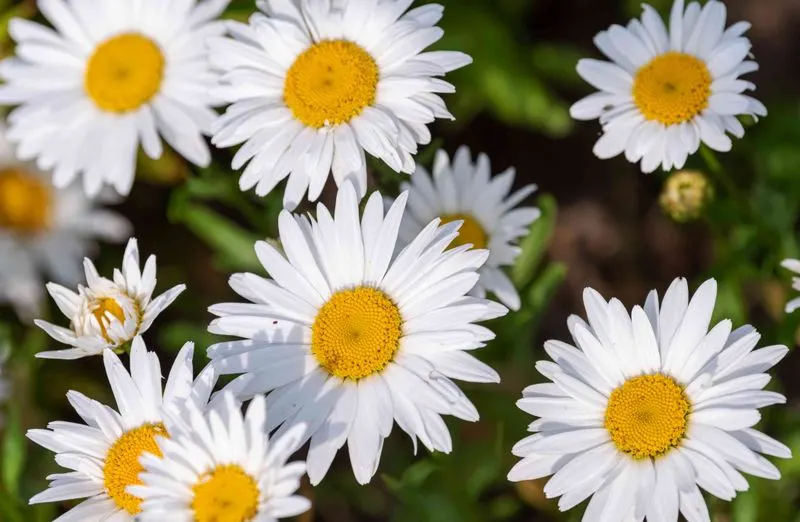
Shasta daisies are a classic garden favorite, known for their cheerful white petals and sunny yellow centers. Dividing them in late spring keeps them blooming vigorously.
They flourish in sunny locations and well-drained soil, adding a bright, cheerful touch to any garden. Shasta daisies are also excellent as cut flowers, bringing their charm indoors.
Did you know? Shasta daisies are named after Mount Shasta in California, reflecting their bright white petals reminiscent of snow-capped peaks. Their simplicity and elegance make them timeless garden staples.
Astilbe
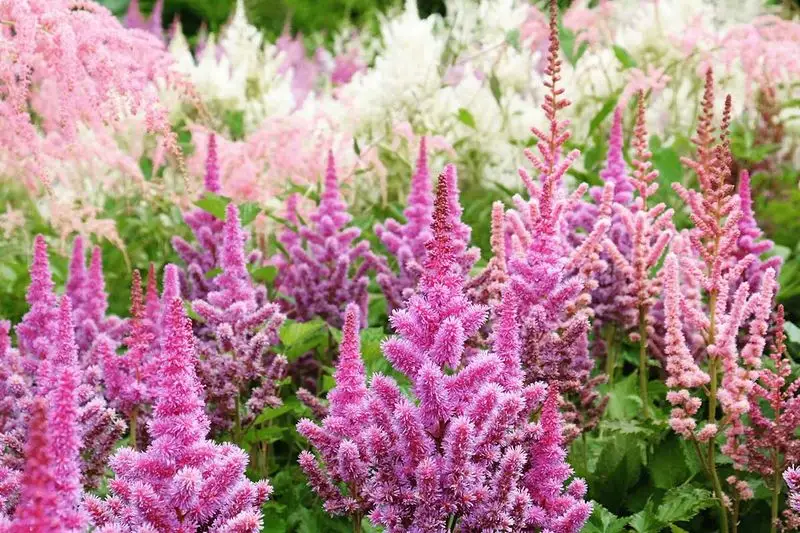
Astilbe, with its feathery plumes and fern-like foliage, thrives in shaded, moist garden areas. Dividing them in late spring ensures vibrant blooms.
These perennials prefer rich, organic soil and shade, making them perfect for woodland gardens. Available in shades of pink, red, and white, astilbe adds texture and color where it is often needed most.
Fun fact: Astilbe is sometimes called “false goat’s beard” due to its fluffy flower spikes. Its elegant appearance makes it a favorite in both gardens and floral arrangements.
Butterfly Bush
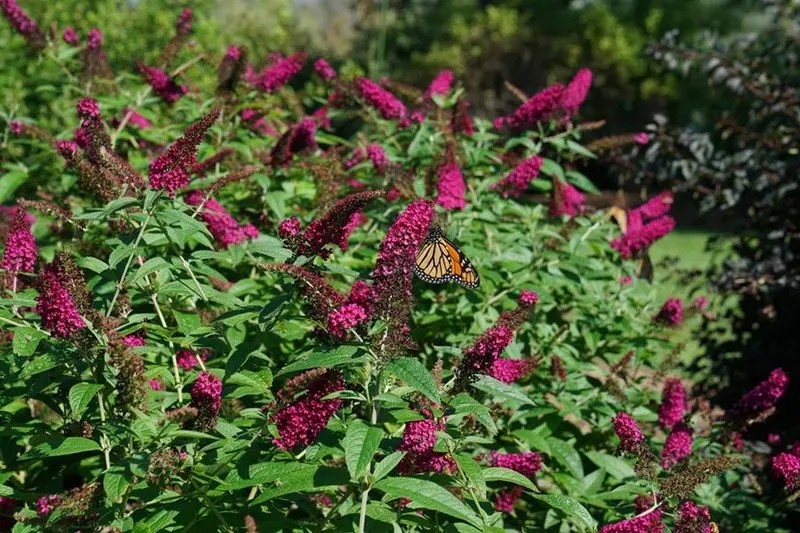
The butterfly bush is renowned for attracting a wide variety of butterflies with its fragrant, tubular flowers. Dividing it in late spring helps manage its growth and prolongs its blooming season.
These shrubs thrive in sunny locations with well-drained soil, providing a stunning display of colors. Butterfly bushes can grow quite large, so division helps maintain their manageable size.
Did you know? Despite its appeal to butterflies, some regions consider the butterfly bush invasive. Gardeners often choose sterile varieties to prevent unwanted spreading.
Hellebores
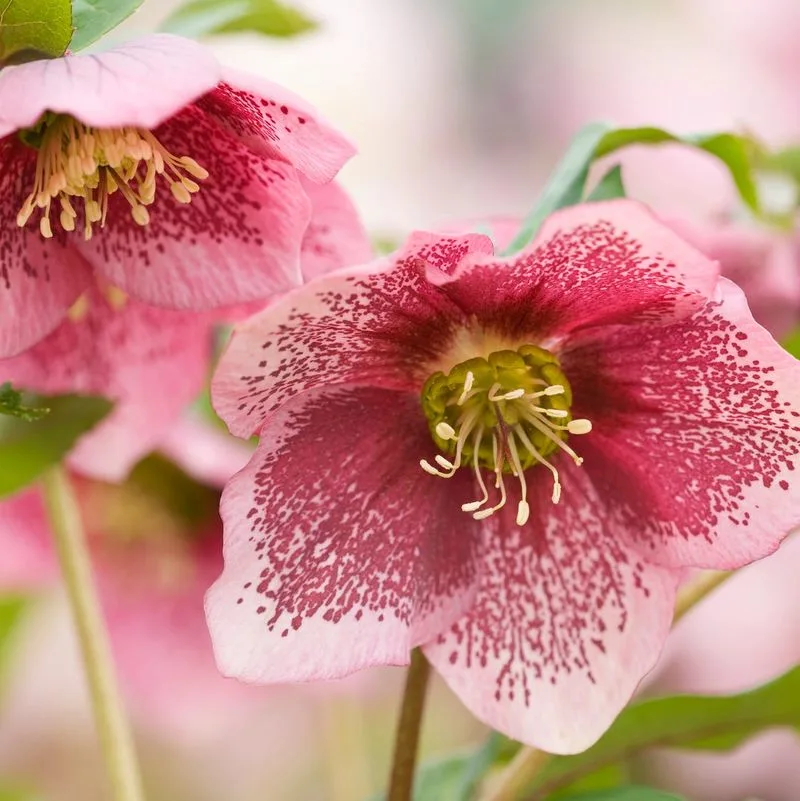
Hellebores, often called “Lenten roses,” bloom in late winter to spring, offering early garden color. Dividing them in late spring allows them to establish well before the next blooming cycle.
These perennials prefer shaded, well-drained locations and are treasured for their long-lasting flowers. Hellebores’ unique ability to thrive in cold weather and shade makes them valuable garden additions.
Fun fact: Hellebores have a rich history in folklore, often associated with protection and healing. Their evergreen foliage ensures year-round interest in the garden.
Coneflowers
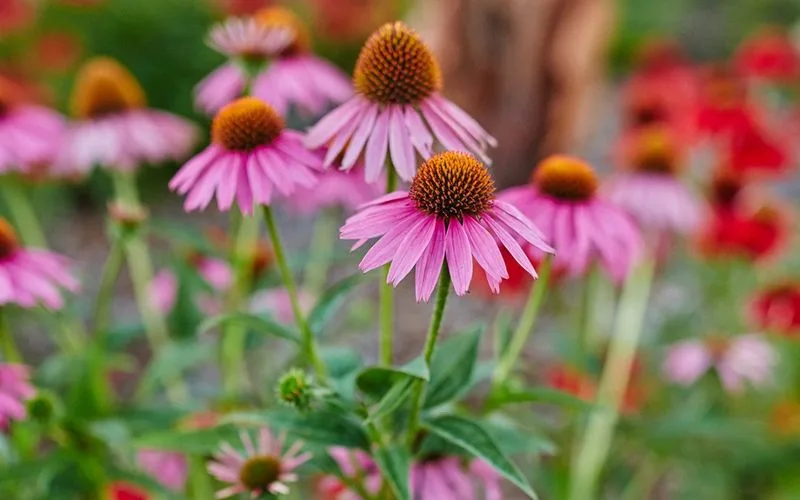
Coneflowers, with their striking purple petals and prominent orange centers, are magnets for pollinators. Dividing these perennials in late spring boosts their vigor and flowering potential.
They are drought-tolerant and excel in sunny, well-drained garden beds. Coneflowers’ resilience and beauty make them a favorite for wildlife-friendly gardens.
Did you know? Coneflowers, or Echinacea, have been used in herbal remedies to support the immune system. Their medicinal properties add to their appeal beyond just ornamental value.
Bleeding Hearts
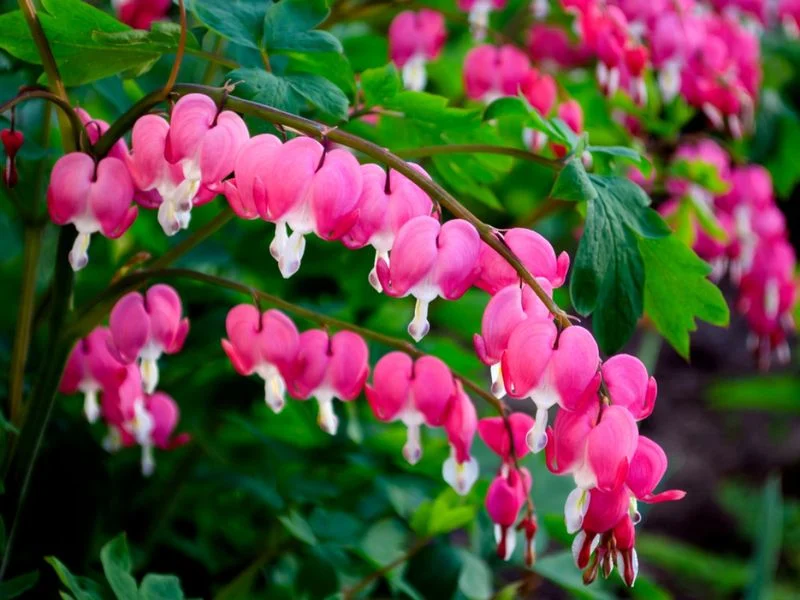
Bleeding hearts, known for their charming heart-shaped flowers, bring a touch of whimsy to shaded gardens. Dividing them in late spring helps maintain their health and beauty.
These perennials prefer cool, moist conditions and add elegance with their arching stems. Their unique flowers capture the imagination of gardeners and visitors alike.
Fun fact: Bleeding hearts are native to Asia and North America, and their romantic appearance has inspired many legends and stories, contributing to their enduring popularity in gardens worldwide.
Phlox
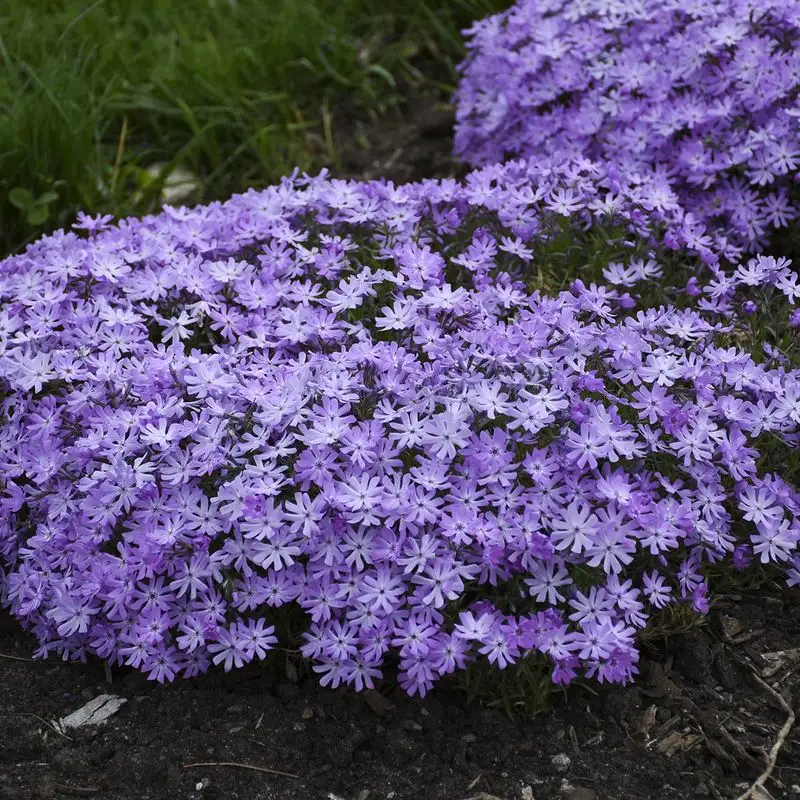
Phlox is celebrated for its colorful clusters of flowers that bring vibrancy to gardens. Dividing them in late spring helps promote fuller growth and continuous blooming.
They thrive in sunny spots with well-drained soil and are perfect for borders and rock gardens. Phlox’s sweet fragrance and wide range of colors make it a versatile choice for any garden design.
Interesting tidbit: Phlox flowers are often used to symbolize harmony and partnership, making them a thoughtful addition to romantic bouquets and arrangements.

